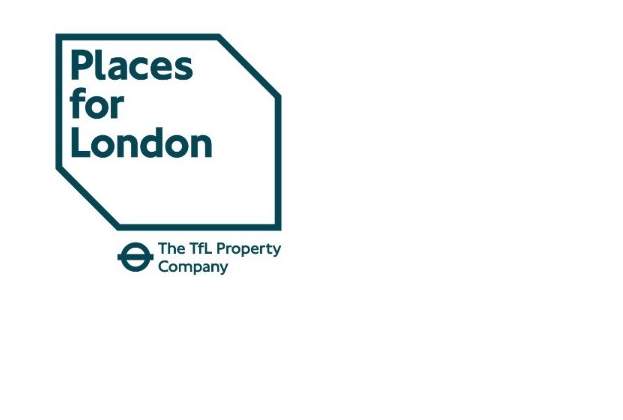The opening of St James Quarter in Spring 2021 will transform the city's east end with more than £1 billion invested since redevelopment began in 2015. It’s one of the UK’s most anticipated retail-led, mixed-use developments and gives Edinburgh a world-class offer to complement the existing retail and leisure provision in the city.
Far beyond simply repositioning the immediate area surrounding St James Quarter, we’re witnessing a ‘re-shuffling’ of Edinburgh’s city centre retail and leisure offer brought about by a number of existing operators migrating to the scheme.
This presents a once in a generation opportunity to repurpose Edinburgh’s traditional shopping streets into districts that are relevant to today’s consumers. Arguably this is made more pertinent by lessons we’ve learned during the Covid-19 pandemic and our renewed reliance on the local high street.
One in every five stores on Princes Street is now available – in other words, the street has a vacancy rate of 21.5 per cent. This compares with a vacancy rate of just 7.5 per cent three years ago. On George Street the vacancy rate has increased from 5 per cent in October 2017 to 15 per cent in October 2019 and 22 per cent today.
When a major mixed-used scheme which offers a significant element of retail and leisure opens in a city, people need a point of difference to visit existing shopping streets. While this could be a problem for smaller towns, in cities such as Edinburgh there are exciting opportunities for these streets to reinvent themselves, a process made easier through new planning legislation.
Successful examples of this include the arrival of Trinity Leeds in 2013. Retailers moved to right-sized units in the shopping centre, allowing retailers on secondary pitches to take prime units next to the centre. The introduction of food and beverage generated greater footfall that benefitted all.
In Manchester, new districts such as Spinningfields, Northern Quarter and Oxford Road Corridor have breathed new life into forgotten areas of the city and in turn created new pockets of retail and leisure. In Liverpool, Bold Street has emerged as a hub for independent shops and restaurants in contrast to Liverpool ONE shopping centre.
Edinburgh’s future is about fully integrating living and working beside retail and leisure. We need more quality living space and job opportunities to generate activity that demands associated services and retail and helps make city centres and high streets active seven days a week. The Johnnie Walker Experience in the former House of Fraser store on Princes Street, due to open in Summer 2021, is an example of how our high streets can evolve in a way that creates jobs and generates footfall.
Historically, council offices, medical and education facilities – the ‘bookends to society’ - have moved to edge of town/city locations to free up ‘prime’ space for retail. By diversifying our high streets some of these can relocate centrally once more, to potentially become anchor tenants in larger vacant stores, bringing back workforces into centres and also encouraging those using and visiting these services to spend time and money in the surrounding areas.
Further information
The resilience of Edinburgh's retail




.jpg)

.jpg)



.jpg)